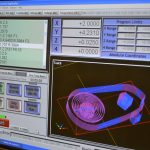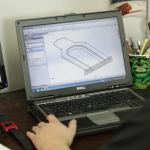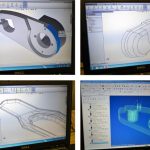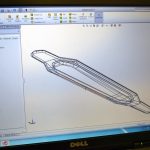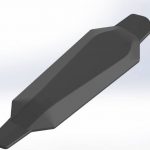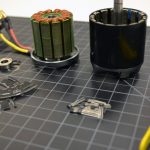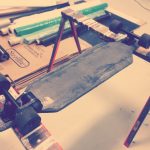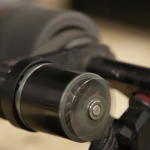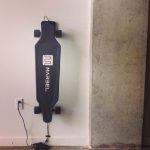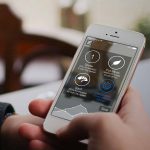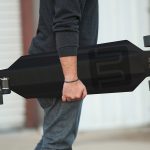
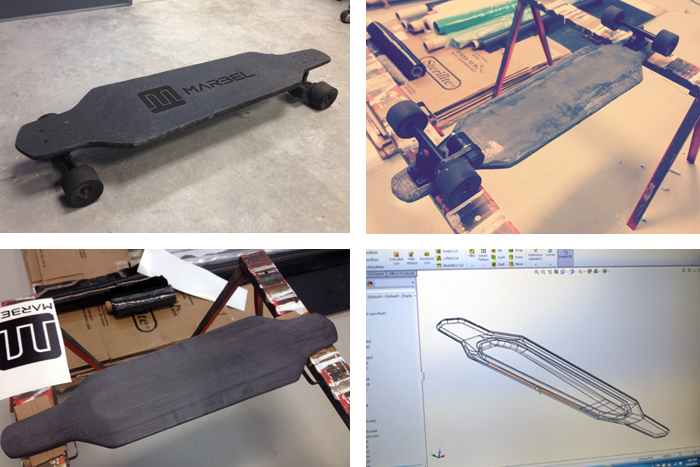
The exact date of the skateboard’s invention is not certain, but it was probably conceived sometime in the late 1940s or early 1950s. The idea was originally developed by surfers in California who – out of sheer boredom – wanted something to surf on when they weren’t in the water. These early skateboard designs were very crude, often constructed of nothing more than a two-by-four and roller skate wheels. But as the popularity of skateboarding increased in the ensuing decades, so did the technology that went into building skateboards.
Once skateboards became constructed of high-quality materials that were both durable and comfortable, surfers weren’t the only ones that wanted to ride them. Skaters that had never even been on a surfboard began performing tricks on them and soon a skating subculture had developed in communities all around the world. It didn’t take long for commuters that wanted an alternative to walking to suddenly find themselves using a skateboard to get around.
Commuting on a skateboard isn’t always easy though. Unlike bicycling – which is the more popular way to commute – it’s very easy to tire yourself out from pushing a skateboard. Most people that use a skateboard for commuting purposes never travel more than a couple of miles because it’s not practical to push yourself to your destination. And although electric and gas-powered skateboards have existed for several years now, they are usually heavy and don’t have a lot of range. Marbel, a dedicated team of engineers and designers who are passionate about the idea of short-range transportation, have figured out a solution: Design a skateboard that uses Tesla’s technology.
The Marbel Board is designed to be lightweight, fast, and easy to use. By using the same battery technology that is found in the Tesla Model S, it is capable of traveling a distance of 10 miles on a single charge. Recharging the battery takes about 90 minutes and requires only a standard wall outlet that will cost you a couple of pennies on your electric bill. What Marbel has done with their skateboard is to essentially create the world’s lightest, most cost-effective electric vehicle.
“Riding the Marbel Board is actually easier than riding a regular skateboard. This is because once you get going, you don’t need to move your feet or shift your balance. You simply lean left or right in the direction you want to turn, just like on a regular longboard. Many of our test riders have said they were surprised how easy it was to ride.”
— Marbel
Weighing in at 9.9 pounds, the Marbel Board is the most advanced skateboard ever built. The deck’s design is very similar to traditional skateboards and its carbon fiber and Kevlar construction guarantees skaters won’t have any trouble carrying it around. Over two years of engineering went into designing the board and what they have come up with is something that is efficient as it is exhilarating.
The Marbel Board is currently available on Kickstarter and has already surpassed its lofty goal of $90,000 to begin production. Those that are interested in purchasing one of their own will have to shell out over $1,000 to get their feet on one. This may seem like an expensive price to pay for a skateboard but when you factor in the rising cost of fuel, it would pay for itself in a matter of months if you decided to ditch your car.
When skateboards first became mainstream in the 1960s, many people (mostly kids in beach cities) began using them for commuting. Could the Marbel Board be the next revolution that convinces people (hopefully adults) to ditch their cars for a cheaper and more exciting alternative? Only time will tell, but it’s clear that Marbel has done something special that has the potential to change the world.
What about you? Would you consider riding the Marbel Board to work or school instead of driving?

